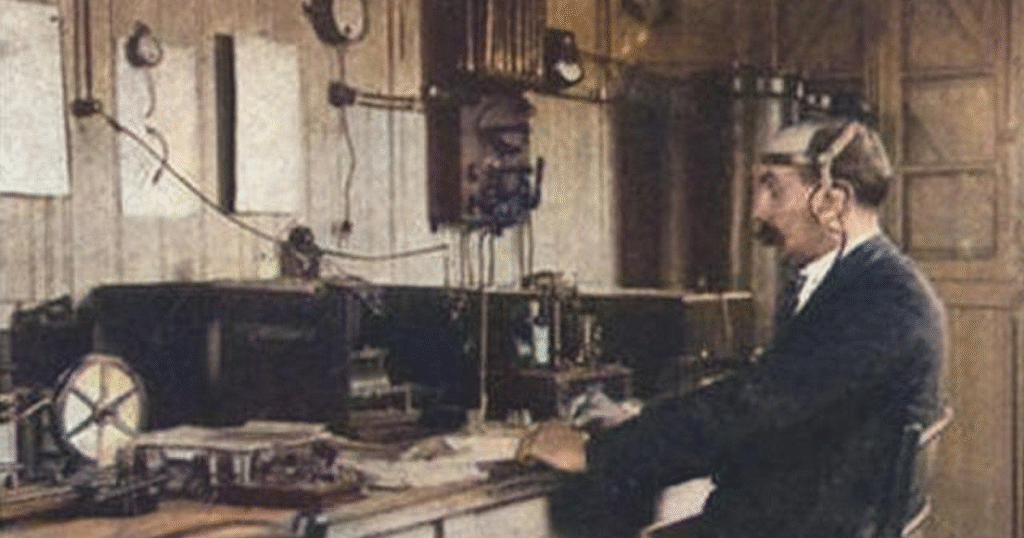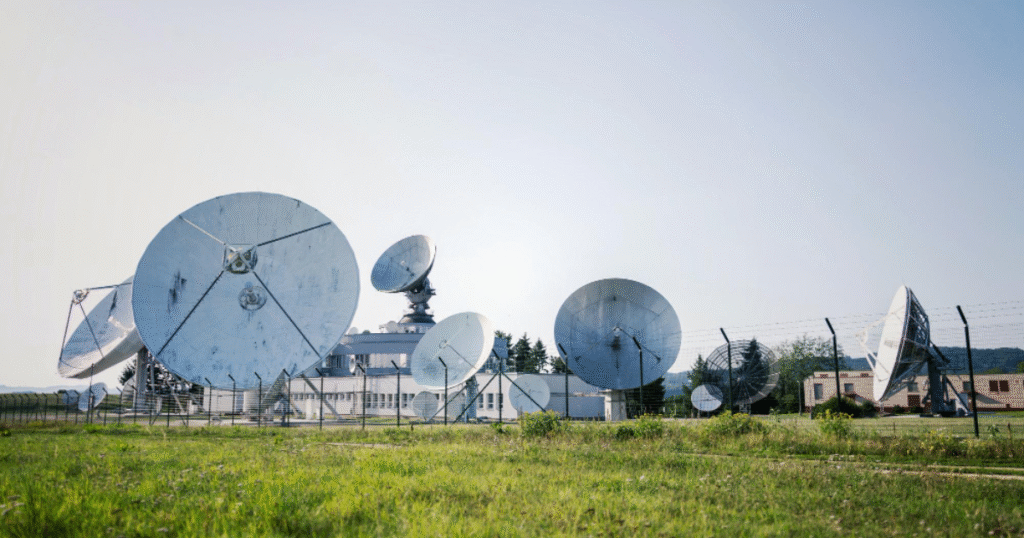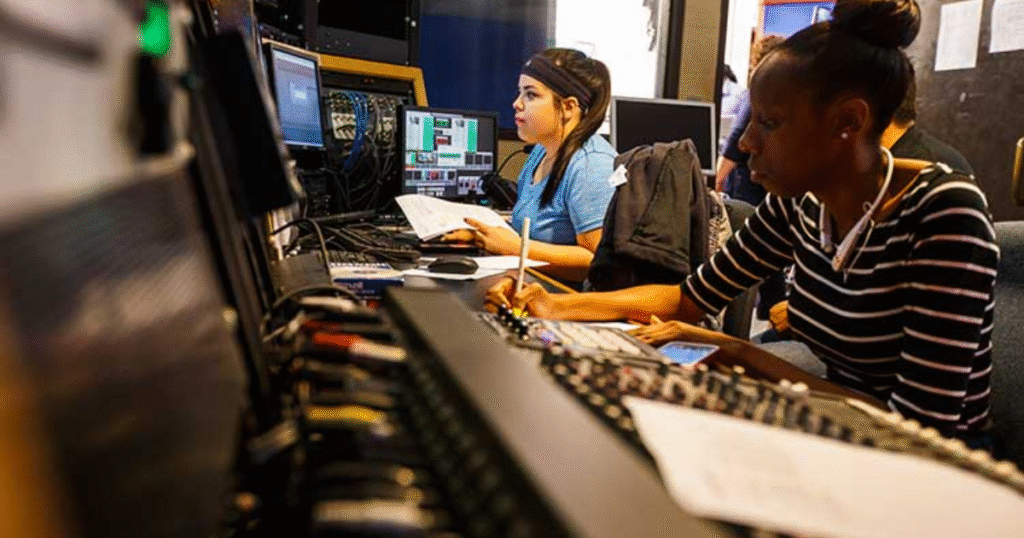Introduction to Broadcast Communication
Broadcast communication is a powerful method of delivering information, entertainment, education, and news to a large and often diverse audience. It plays a crucial role in shaping public opinion, creating awareness, and connecting people across geographical boundaries. Through mediums like radio, television, and digital broadcasting, messages are transmitted to the masses in real time or scheduled intervals.
What Is Broadcast Communication?
Broadcast communication refers to the transmission of information to multiple recipients simultaneously using various channels such as audio, video, or multimedia signals. Unlike interpersonal or point-to-point communication, broadcast communication is one-to-many, meaning one source reaches a vast audience.
Key Characteristics of Broadcast Communication
- Mass Reach: One of the largest-reaching communication systems.
- Unidirectional: Typically flows from sender to audience with minimal interaction.
- Time-Bound: Often synchronized with specific times for airing.
- Mediated: Utilizes technological infrastructure for delivery.
- Regulated: Often governed by national or international policies.
History and Evolution of Broadcast Communication
The Early Beginnings

- Radio Era: Radio became the first major broadcast medium in the early 20th century, revolutionizing real-time news and entertainment.
- Television Expansion: With the arrival of television in the mid-20th century, visual storytelling combined with audio brought a new depth to broadcasting.
Modern Transformation
- Digital Shift: Satellite and internet-based broadcasting have transformed how we consume content.
- Streaming and On-Demand: Viewers now have control over when and how they access broadcast content.
Types of Broadcast Communication
1. Radio Broadcasting
One of the earliest and still widely used forms of broadcast communication. It uses AM/FM waves or digital streaming for audio content.
2. Television Broadcasting
Delivers visual content along with sound. It includes news, entertainment, education, and more.
3. Satellite Broadcasting
Uses satellites to transmit signals over large areas, often internationally. Provides clearer and wider coverage.
4. Web-Based Streaming
Internet broadcasting has changed the landscape, allowing live and on-demand content globally.
5. Emergency Broadcast Systems
Used by governments to transmit urgent alerts, warnings, and public announcements.
How Broadcast Communication Works
Step-by-Step Process
Step 1: Content Creation
Producers, writers, and directors develop the information or entertainment to be delivered.
Step 2: Encoding
The content is formatted and prepared for transmission using specific signals.
Step 3: Transmission
The formatted content is sent via radio waves, satellites, or digital signals.
Step 4: Reception
Receivers such as radios, TVs, or mobile devices capture the signal.
Step 5: Decoding
Devices convert the signal back into audio, video, or multimedia for the audience to consume.
Importance of Broadcast Communication in Society
1. Mass Awareness
Disseminates information about public policies, health, weather, and global events rapidly.
2. Education
Educational channels and broadcasts help deliver knowledge to remote areas or during crises.
3. Entertainment
Movies, music, and talk shows enhance cultural experiences and leisure time.
4. Emergency Alerts
Essential in disaster management and public safety communication.
5. Cultural Preservation
Showcases traditional music, languages, and stories to preserve heritage.
Technologies Used in Broadcast Communication
Analog vs Digital Broadcasting
- Analog: Older system using continuous signals.
- Digital: More efficient, high-quality signals with less interference.
Transmission Mediums
- Radio Waves
- Microwave Links
- Fiber Optics
- Satellites
- Internet Protocol (IP)
Challenges Faced in Broadcast Communication
1. Signal Interference
Weather or technical faults can distort transmission quality.
2. Misinformation Spread
Broadcasting false information can cause public panic or harm.
3. Limited Audience Feedback
Minimal two-way communication hinders audience engagement.
4. Cost of Infrastructure
Setting up stations, satellites, or high-tech studios can be expensive.
5. Regulatory Barriers

International rules may restrict certain types of content or frequencies.
Broadcast vs Other Communication Forms
| Feature | Broadcast Communication | Interpersonal Communication | Social Media Communication |
|---|---|---|---|
| Audience Reach | Mass | One-on-one/small group | Mass/Targeted |
| Interactivity | Low | High | High |
| Feedback | Delayed or None | Immediate | Immediate |
| Cost | High | Low | Medium |
| Technological Dependency | High | Low | High |
Benefits of Broadcast Communication
1. Speed and Coverage
Fast transmission to millions within seconds.
2. Content Diversity
Covers a broad range of subjects from entertainment to science.
3. Accessibility
Available in urban and rural settings with minimal equipment.
4. Influencing Opinions
Can shape political, cultural, and economic viewpoints.
5. Promoting Unity
Live events such as national celebrations foster a sense of community.
Future Trends in Broadcast Communication
1. AI and Automation
Content personalization and automated editing tools are reshaping production.
2. Virtual Reality (VR) Broadcasting
Immersive experiences in entertainment and education sectors.
3. Cloud-Based Broadcasting
Reduces physical infrastructure and enhances scalability.
4. User-Generated Content Integration
Viewers are becoming contributors, especially via live streams.
5. Mobile-First Broadcast Models
Content optimized for smartphones and tablets.
Ethics and Responsibilities in Broadcast Communication
1. Accuracy

Broadcasters have a duty to verify facts before dissemination.
2. Sensitivity
Content must be respectful to cultural and social values.
3. Equal Representation
Diverse voices should be heard to avoid bias.
4. Data Privacy
Especially in digital broadcast models, user data must be protected.
Also Read: The Evolution Of Cable Tv: From Analog To Digital
Conclusion
Broadcast communication remains a cornerstone of how societies share knowledge, entertainment, and urgent updates. From traditional radio and television to digital and internet streaming, its evolution reflects our growing need for real-time, widespread communication. Despite challenges like misinformation and technological costs, broadcast media continues to bridge gaps between people, cultures, and ideas. As we move toward more interactive, AI-driven, and immersive broadcast experiences, the future of this medium looks even more integrated and impactful.
FAQs
Q1. What is broadcast communication in simple terms?
Broadcast communication is a method of sending information to a large number of people at the same time using radio, TV, or digital platforms.
Q2. How does television broadcasting work?
It involves sending video and audio signals via antennas, cables, or satellites to televisions that decode and display the content.
Q3. What is the role of satellites in broadcasting?
Satellites transmit signals over large geographical areas, enabling international broadcasting and high-quality transmission.
Q4. Can broadcast communication be interactive?
While traditionally one-way, modern technology like live streams and chat features allow some level of interactivity.
Q5. Why is broadcast communication important in emergencies?
It provides immediate alerts to the public, helping manage disasters and ensure safety.


